The vast deserts of Jordan stretch endlessly under the relentless sun, a landscape both beautiful and unforgiving. For centuries, the Bedouin people have thrived in these harsh conditions, their survival deeply intertwined with the unique structures they call home: the black goat-hair tents. These tents are far more than simple shelters—they are marvels of traditional engineering, designed to withstand extreme temperatures, sandstorms, and the scorching Middle Eastern sun. The secret lies in the fabric itself, a testament to the Bedouins' intimate understanding of their environment.
Walking through the Wadi Rum desert, the sight of these low, dark tents against the golden sands is striking. The tents are woven from goat hair, a material that might seem counterintuitive in such a hot climate. Yet, this choice is deliberate. The coarse, tightly woven fibers expand when wet, creating a breathable barrier against rain, while their natural density provides shade and insulation. During the day, the black fabric absorbs heat, but the clever design allows hot air to rise and escape through gaps in the weave, keeping the interior surprisingly cool. At night, when desert temperatures plummet, the same fabric retains warmth, offering comfort against the cold.
The Bedouins’ mastery of textile technology is evident in every aspect of the tent’s construction. Unlike modern synthetic materials, goat hair is porous, allowing air to circulate while blocking harmful UV rays. This natural UV protection is crucial in a region where the sun’s intensity can be unbearable. The tents are also modular, with sections that can be opened or closed depending on wind direction and sunlight. This adaptability ensures that the interior remains comfortable regardless of external conditions. The fabric’s durability is another marvel—resistant to tearing, yet flexible enough to withstand the strong desert winds that would shred lesser materials.
Beyond functionality, the tents hold deep cultural significance. Each tent is a symbol of hospitality, a sacred space where guests are welcomed with coffee and stories. The patterns and stitching often reflect tribal identity, passed down through generations. The process of making the fabric is communal, with women spinning and weaving the goat hair while men assemble the frames. This division of labor underscores the Bedouin’s collective approach to survival, where every member plays a vital role. The tents are not just dwellings but living artifacts of a nomadic heritage that has persisted for millennia.
Modern architects and designers have begun to take note of the Bedouin tent’s ingenious properties. Researchers studying passive cooling systems have found that the goat-hair fabric’s thermal regulation rivals that of high-tech materials. Some have even experimented with incorporating similar weaving techniques into contemporary sustainable design. Yet, despite this growing interest, the knowledge remains largely within Bedouin communities, preserved through oral tradition and hands-on practice. As urbanization encroaches on traditional nomadic lifestyles, there is a risk that these ancient techniques could be lost.
Efforts are underway to document and preserve this knowledge. NGOs and cultural organizations are working with Bedouin elders to record weaving methods and tent-building practices. Meanwhile, eco-tourism initiatives in Jordan offer travelers the chance to stay in authentic Bedouin tents, providing both income for local communities and a deeper appreciation for their way of life. These experiences highlight the tents’ dual role as functional shelters and cultural treasures. Visitors often leave with a newfound respect for the ingenuity embedded in every thread.
The future of the Bedouin tent lies at the intersection of tradition and innovation. While some younger generations are drawn to city life, others are finding ways to adapt their heritage to modern contexts. Workshops now teach traditional weaving to a new audience, ensuring that the skills survive. At the same time, designers are exploring how Bedouin textiles can inspire sustainable solutions for extreme climates worldwide. The humble goat-hair tent, born from necessity in the deserts of Jordan, may yet offer answers to some of today’s most pressing environmental challenges.
Standing in the shade of a Bedouin tent, one cannot help but feel a connection to the past and a hope for the future. These structures are more than relics; they are proof that human creativity can flourish even in the harshest environments. As the world grapples with climate change and resource scarcity, the lessons woven into these desert shelters have never been more relevant. The Bedouins’ understanding of natural materials, passive cooling, and communal living holds wisdom that transcends time and place. Their tents are not just homes—they are a blueprint for resilience.
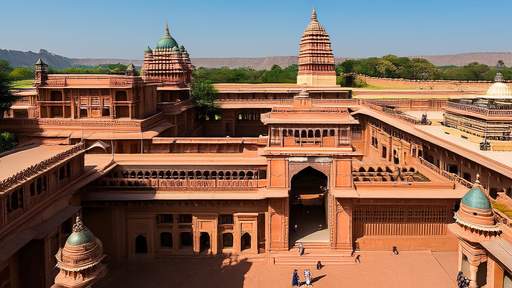
By /Jun 5, 2025

By /Jun 5, 2025
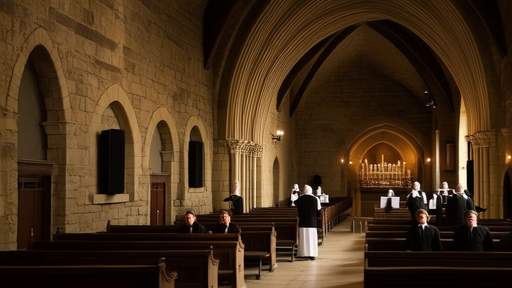
By /Jun 5, 2025
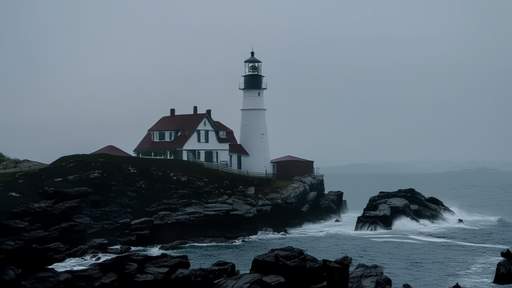
By /Jun 5, 2025
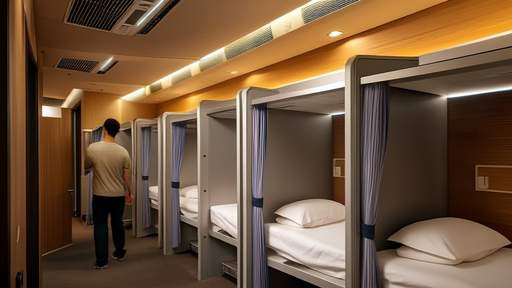
By /Jun 5, 2025
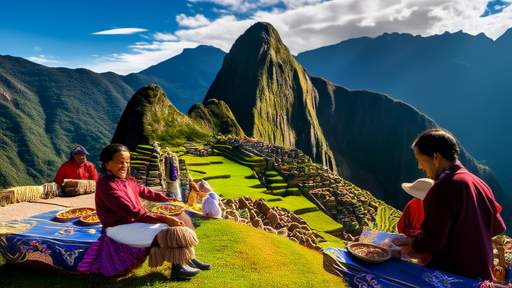
By /Jun 5, 2025
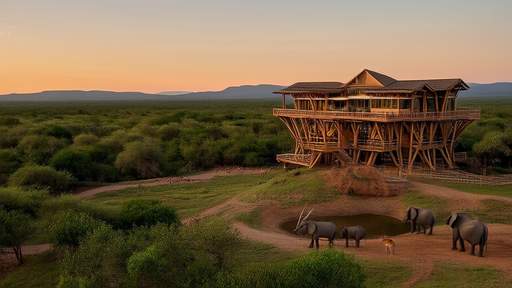
By /Jun 5, 2025
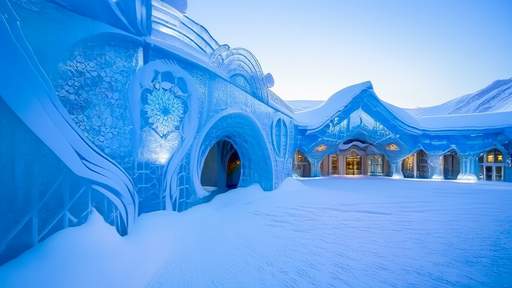
By /Jun 5, 2025

By /Jun 5, 2025
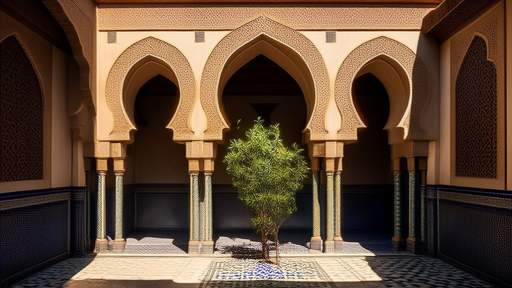
By /Jun 5, 2025
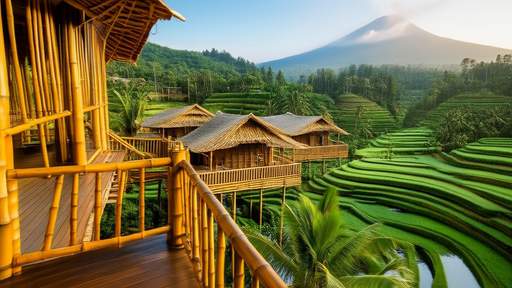
By /Jun 5, 2025
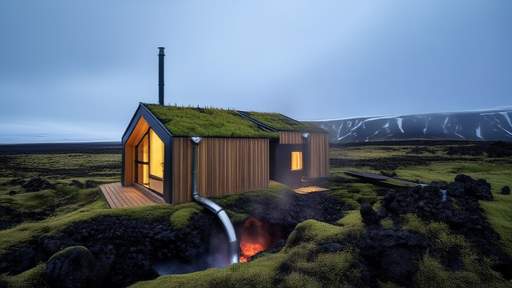
By /Jun 5, 2025
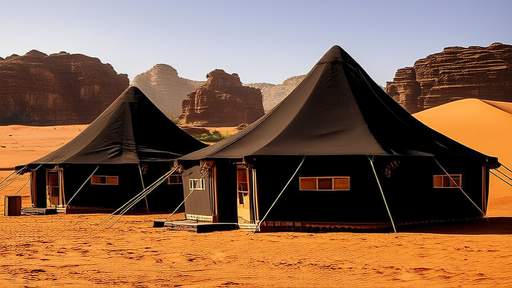
By /Jun 5, 2025
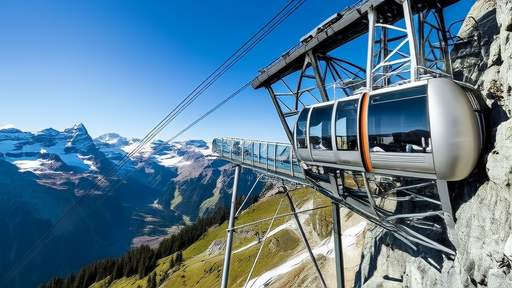
By /Jun 5, 2025
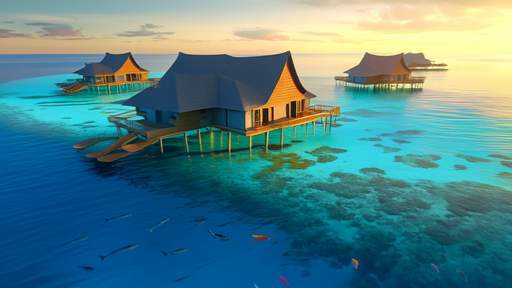
By /Jun 5, 2025
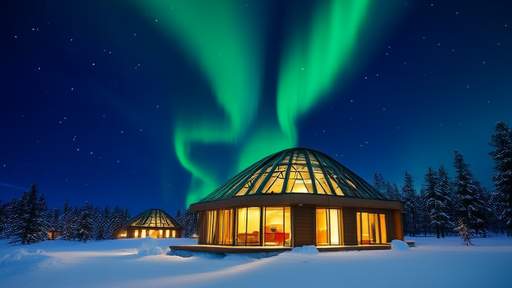
By /Jun 5, 2025
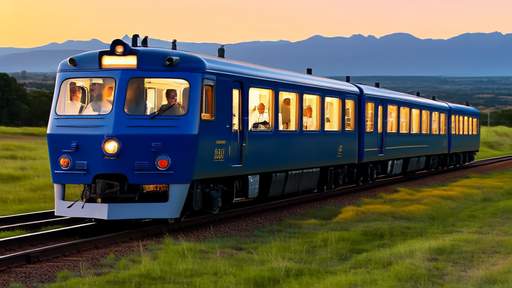
By /Jun 5, 2025

By /Jun 5, 2025

By /Jun 5, 2025
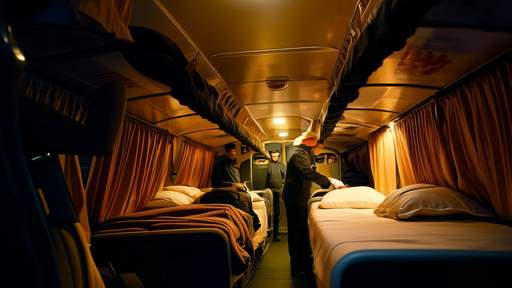
By /Jun 5, 2025